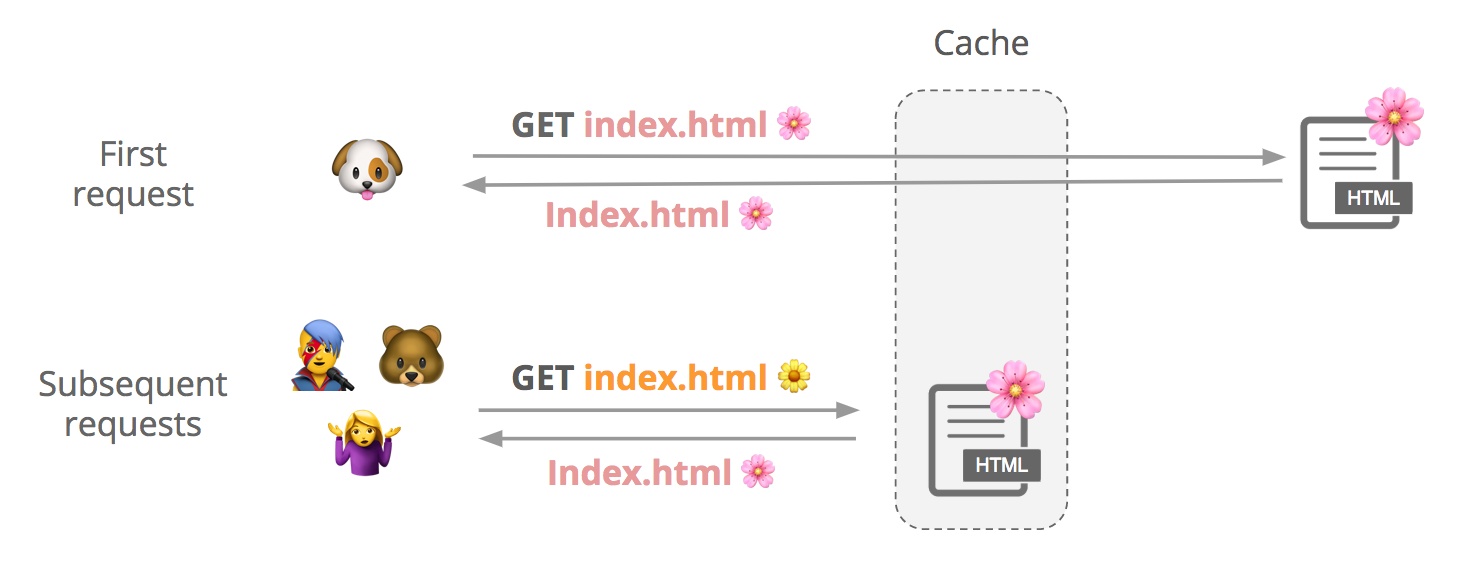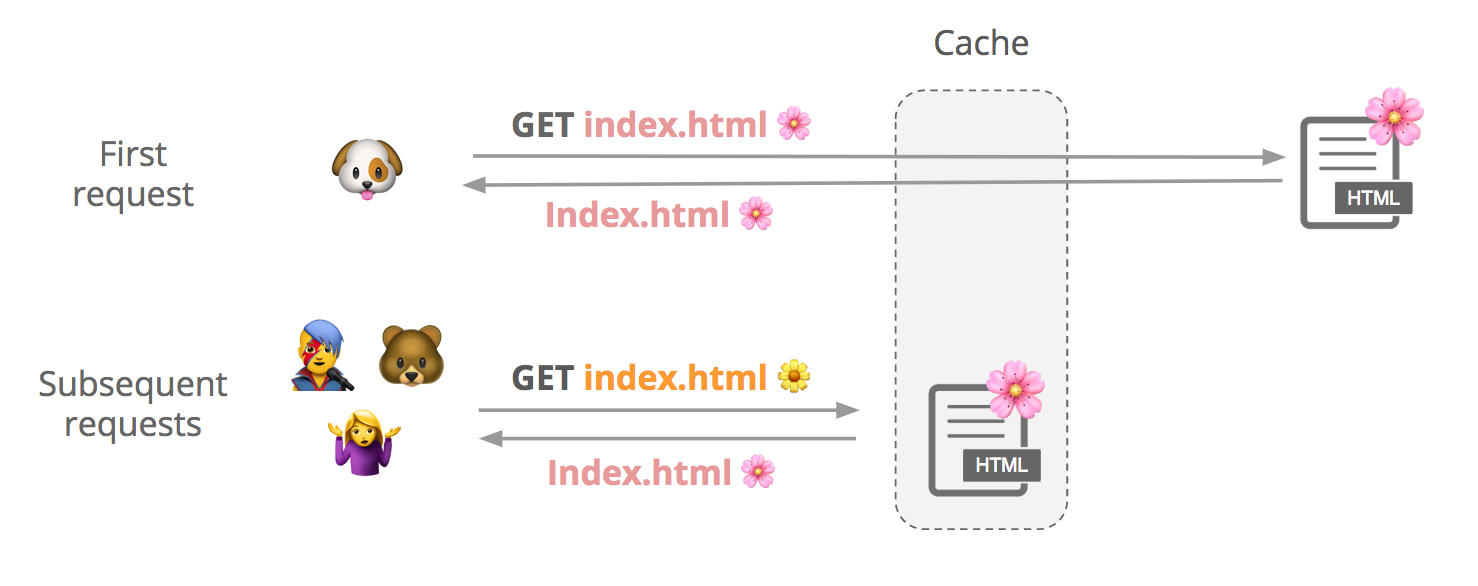DNS privacy in new Android 9
I recently enrolled in the Android developer preview programme and got hold of the Android P (9 beta) OTA image for my Nokia 7 Plus phone, and while discovering what’s new, I found a new advanced option under network settings called ‘Private DNS’ that got my attention. This led to me finding an article from Erik Kline describing this new feature in Android 9, which to my surprise supports DNS-over-TLS (RFC 7858).
Last year we wrote about the experiments in the Go6lab with DNS-over-TLS where we set up a recursive DNS resolver listening on port 853 and serving DNS answers to queries encrypted with TLS. This setup was useful if your local DNS resolver was Unbound or Stubby, and since then I’ve been using Stubby as my local DNS client on MacOS with the Unbound DNS server at the Go6lab (privacydns.go6lab.si) as a recursive resolver for encrypted DNS queries without any issues.
So armed with the information from Erik, I decided to test out the Android implementation.
First thing was to turn on the setting and test it with the ‘privacydns.go6lab.si’ server which worked fine. Enabling ‘log-queries’ on the Unbound server quickly revealed that DNS queries are Continue reading


 XCloud Networks taps SDN and NFV for custom networking. And the startup won Innova as its second customer to replace its existing data center infrastructure.
XCloud Networks taps SDN and NFV for custom networking. And the startup won Innova as its second customer to replace its existing data center infrastructure. Nyansa Voyance already integrates and correlates data from a number of data sources and vendor systems including Cisco, GE, and Microsoft.
Nyansa Voyance already integrates and correlates data from a number of data sources and vendor systems including Cisco, GE, and Microsoft. The custom kernel provides up to 25 percent faster network throughput and a 23 percent drop in average latency for on-demand instances.
The custom kernel provides up to 25 percent faster network throughput and a 23 percent drop in average latency for on-demand instances. The open data center effort added Packet’s CEO as a board member and will soon sell Open19 compliant servers on its online marketplace.
The open data center effort added Packet’s CEO as a board member and will soon sell Open19 compliant servers on its online marketplace.
